GateGuard reads RuBee ID's and RuBee Smart Weapons inside a moving vehicle.
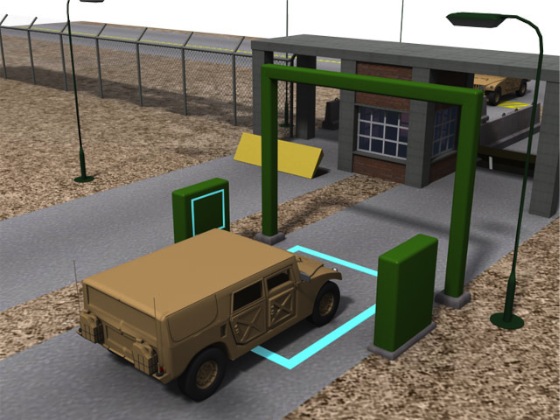
GateGuard is a enhanced Muster Station portal that can read ID's, approved assets, and detect prohibited assets, in a vehicle moving at 6 Mph. The gate house systems can include up to two independent display monitors, and slave monitors placed outside for vehicle viewing with with two keyboards. The local software can be configured as a go-no-go system with identity date presented on the monitors. However, GateGuard can produce exported XML events and works within any Dot-Tag Visibility network as an exit/entry RuBee Portal Appliances.
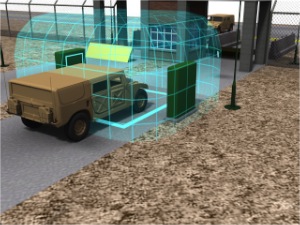
GateGuard uses up to ten optional antennas. Primary antennas are loop antennas placed under or on the road. These are typically 9' x 12' primary loops, with up to four smaller read and sensing loops inside the large loops. Up to four side loops, size depends upon road width. Finally, and optional drive through loop for ultimate sensitivity and detection of assets. The antenna configurations depends upon sensitivity required and purpose of the GateGuard system. If it is simply to read a Vehicle ID, and a driver ID on a nine foot road a simple set of antennas are possible. If it is to locate hidden weapons within a vehicle on a wide road more complex antenna systems are required (see GateGuard Whitepaper)
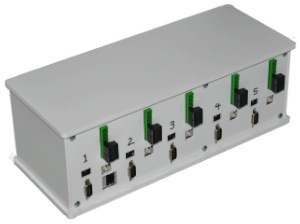
GateGuard is based on a patented transmission method known as CLIP, that can transmit and receive synchronized from many antennas without interference. CLIP (see Clip Description) is unique to RuBee and can not be used in RF based systems without creation of nulls and interference. Visible currently manufactures CLIP base stations known as Vipers with up to 32 channels. These systems can be used for 3D location systems, but also provide GateGuard with extraordinary sensitivity and ability to detect the presence of a weapon even if hidden, wrapped in Aluminum foil, and placed in a steel brief case. A five channel Viper used for small 9 foot wide roads is illustrated above.
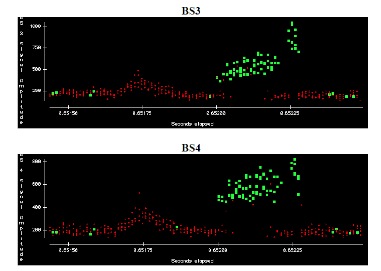
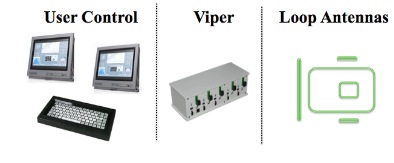
GateGuard may have up to two optional external independent monitors, and one keyboard. Local events and local control is managed though a web enabled interface. The GateGuard Viper is a local server. The Viper also manages the local protocol for all antennas. This protocol depends on antenna configuration, and several options. It is possible to have a GateGuard system with as few as two antennas, however maximum sensitivity for smuggled asset detection is achieved with the three additional auxiliary antennas; two vertical side antennas, and one vertical drive through antenna.
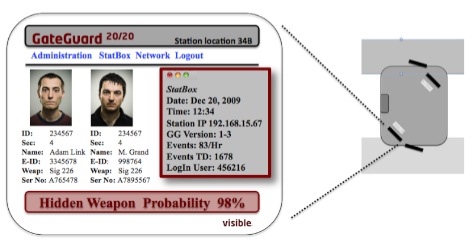
Local control software is browser based and provides the gate manager with optional images, ID data, and status of vehicle and other real time data. These local applications do not require a network, but if available more details data and applications are immediately available on the GateGuard browser screen.











